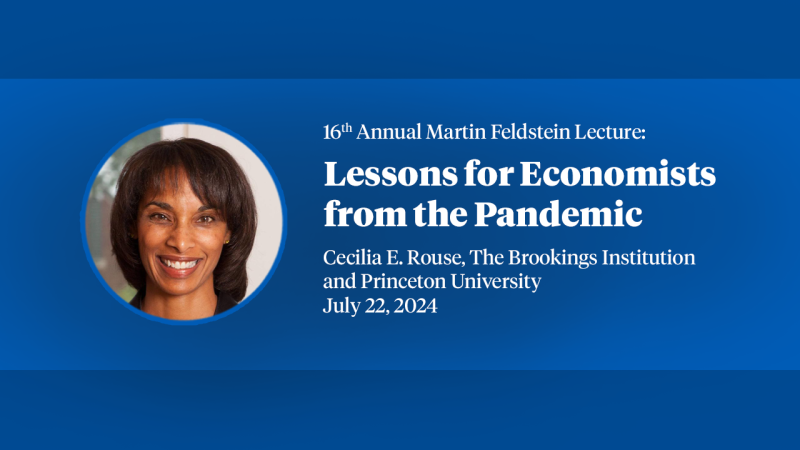Adapting to Flood Risk: Evidence from a Panel of Global Cities
We assemble a global dataset capturing the universe of major floods in 9,468 cities across 175 countries to estimate flood damage and test adaptation hypotheses. Analyzing 3,931 major floods (2000–2023) and monthly night lights data (2012–2023) as a proxy for urban economic activity, we present three key findings. First, floods lead to a 3.5-times larger decline in night lights in cities in low-income countries compared to cities in high-income countries. Second, the impact of floods on economic activity and mortality has decreased over time. Third, we explore the mechanisms driving this adaptation. Cities with greater prior flood exposure experience smaller impacts, supporting experience-driven adaptation. In high-income countries, migration, critical infrastructure intensity, and dam protection enhance flood resilience, but these factors are less effective in low-income countries. The disproportionate impacts and slower flood adaptation in cities in low-income countries highlight a significant protection gap.


